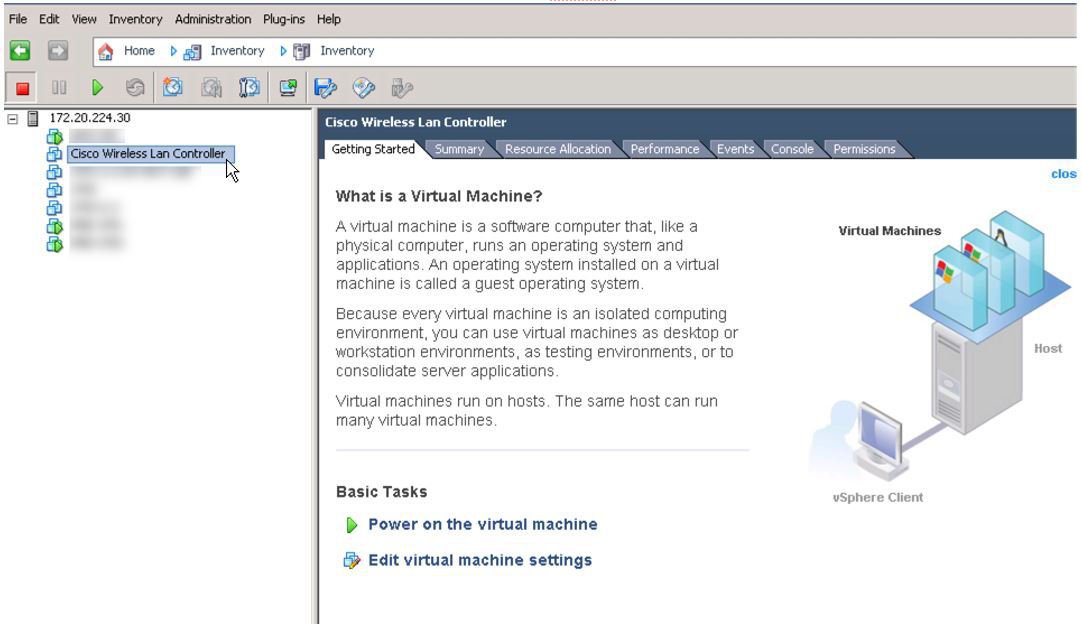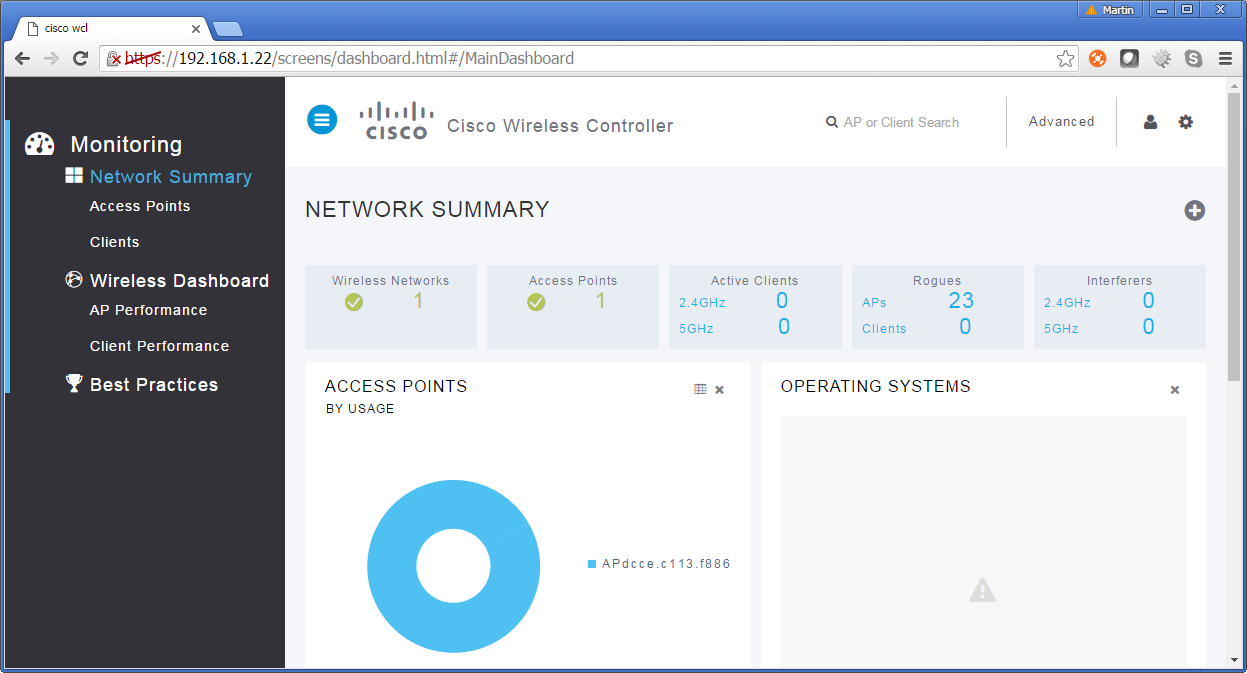

The CAPWAP protocol encapsulates the traffic between the Lightweight Access Point and WLC in a virtual tunnel called CAPWAP tunnel. Dynamic Interface: Used to connect to VLAN to a WLAN.ĬAPWAP (Control and Provisioning of Wireless Access Points) is a protocol which makes it possible to bind a Lightweight Access Point with a WLC.Computer should be in the same subnet as service interface. If you want to configure the controller first time with GUI, connect your computer with this port. Service port interface: Bound to service port and used for out-of-band management.Virtual Interface: Used to relay client DHCP requests, client web authentication and to support mobility.Management Interface: Used for all management traffic.The following are the most important Controller logical Interfaces: WLC Controller Interfaces are logical entities on the device. Console port: Used for out-of-band management, system recovery and initial boot functions.
#CISCO VIRTUAL CONTROLLER FREE SERIES#
4400 series controllers have four distribution ports and 5500 series controllers have eight distribution ports. A Distribution Port connects to a switch port in trunk mode.

Centralized WiFi Architecture: In Centralized Architecture the access points are controlled and managed by a central device called Wireless LAN Controller (WLC) and such APs are called Lightweight APs.In this Architecture an autonomous Access Point performs both 802.11 operations and management operations. Autonomous APs work individually and have to be configured and managed one by one. Distributed WiFi Architecture: In Distributed Architecture all the WiFi Access Points (APs) are self-contained and called autonomous or standalone APs.Before going forward, let’s first see some basics about the product and the wlan technology from Cisco: IntroductionĬisco introduced two types of Wireless architectures in its WiFi portfolio: In this article we will go through a basic step-by-step configuration of a Cisco Wireless LAN Controller.


 0 kommentar(er)
0 kommentar(er)
